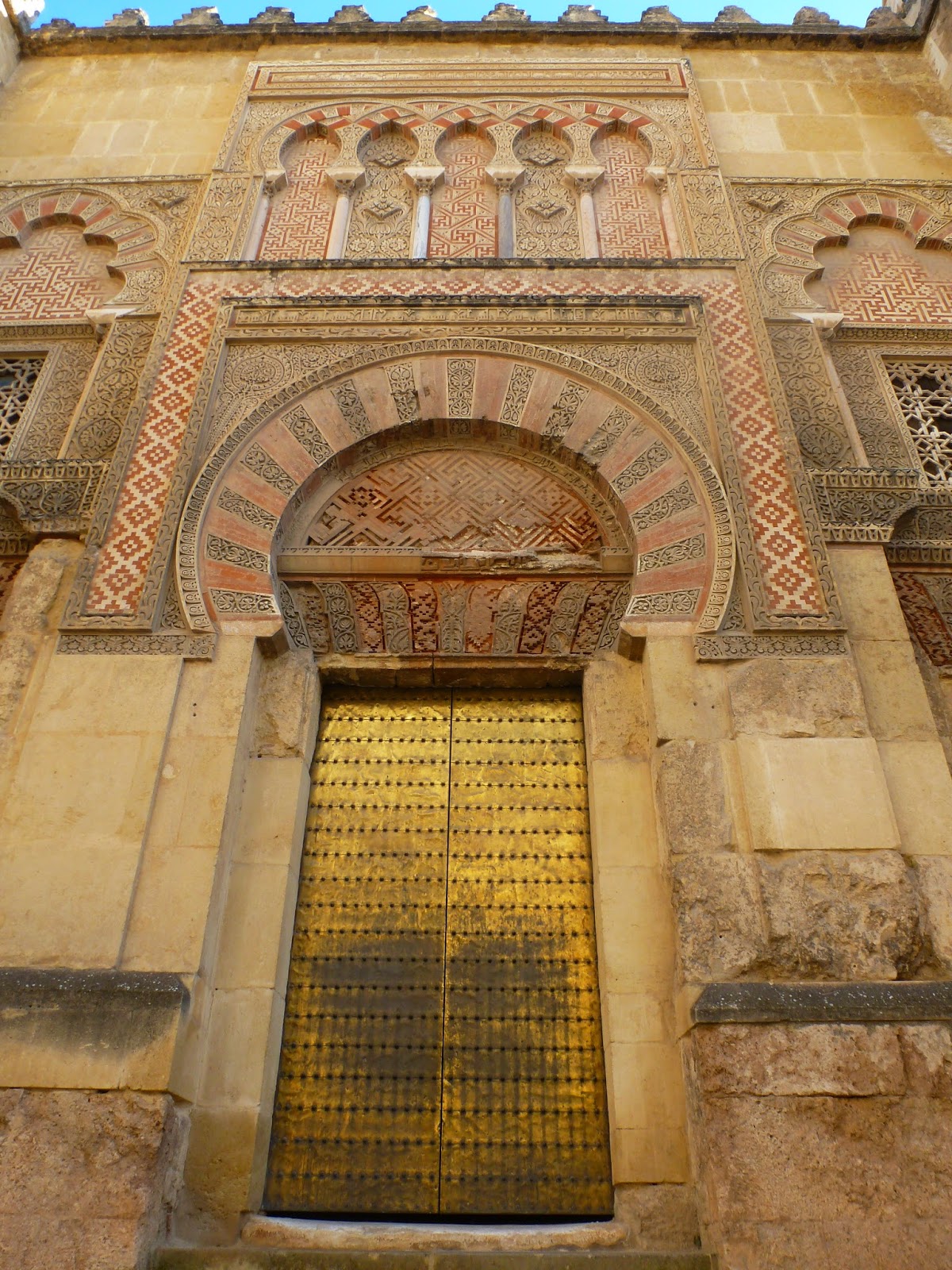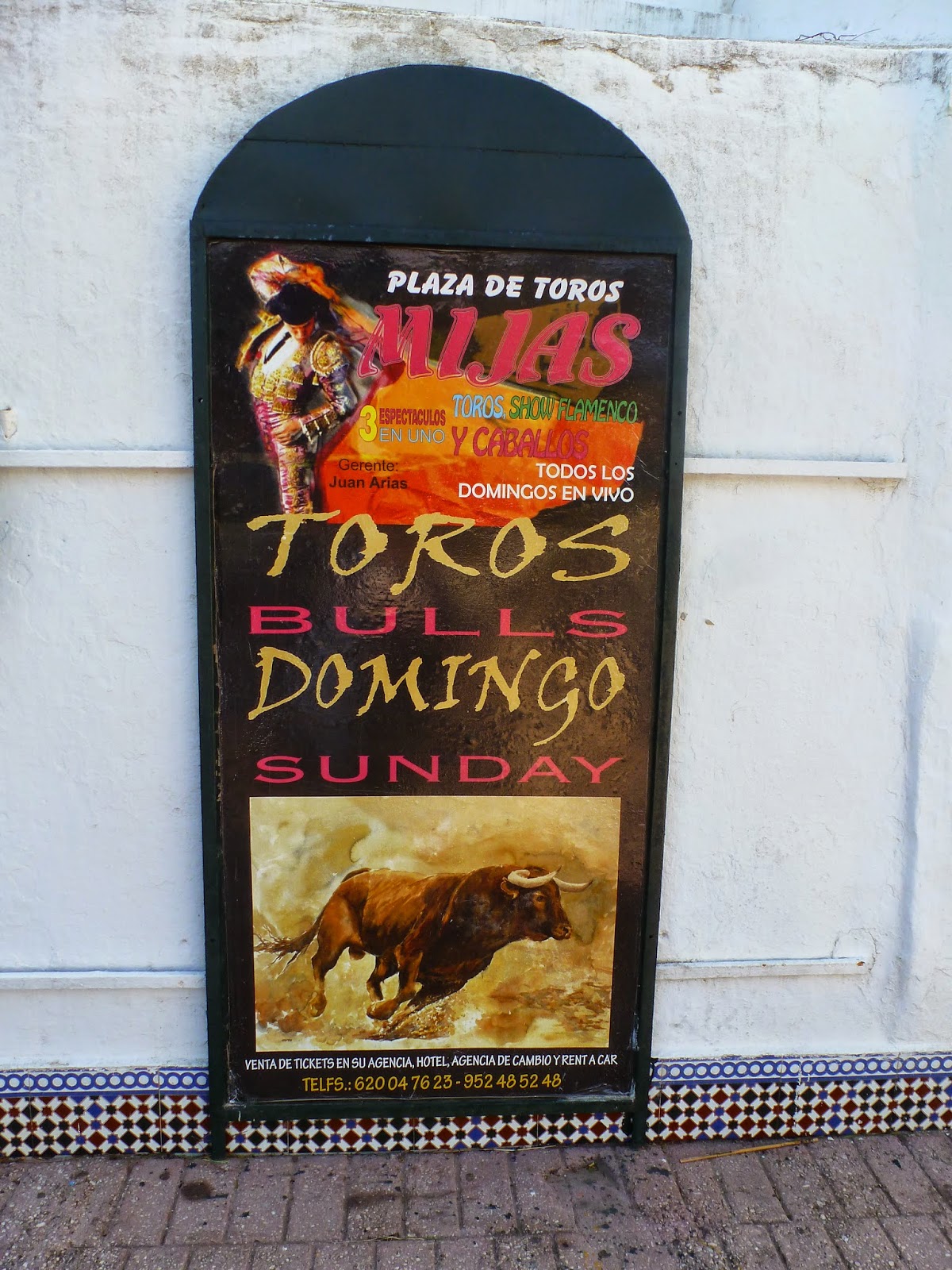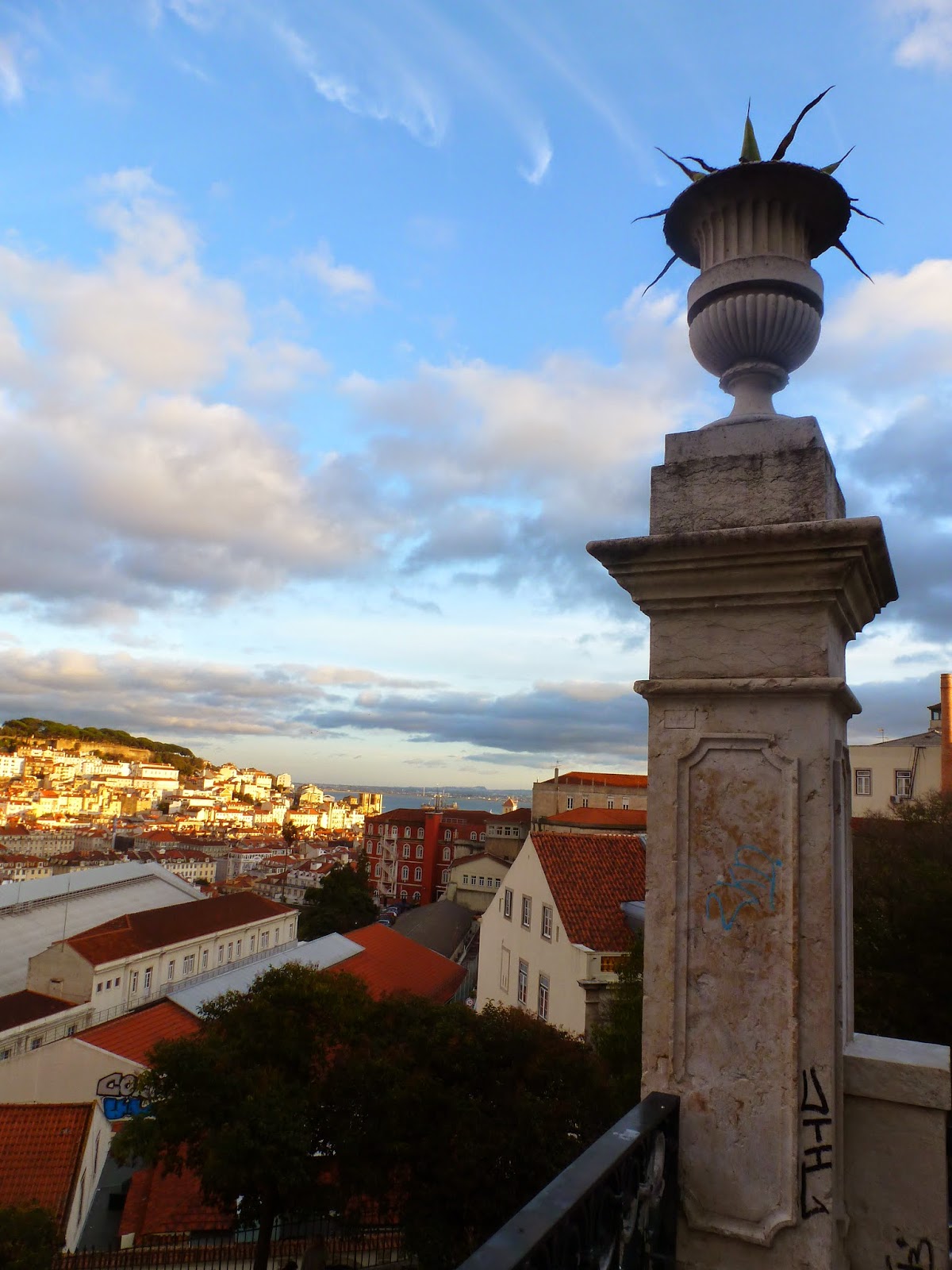Cordoba, Spain
The
Mosque-Cathedral of Córdoba - (Mezquita–Catedral
de Córdoba), known as the Mosque of Córdoba aka
Cathedral of Our Lady of the Assumption.
The
Mezquita–Catedral de Córdoba is a
most remarkable building. It was originally a Catholic Christian
church built by the Visigoths but was later converted to an Islamic
mosque in the Middle Ages. After the Reconquista it returned to being a Roman
Catholic church. However, the Islamic architecture was allowed to
stand and the cathedral was constructed in the centre of what had
formerly been the mosque.
Also depicted in the pictures is the bell tower – the Torre de Alminar – which is 93m high and was built on the site of the original minaret.
Also depicted in the pictures is the bell tower – the Torre de Alminar – which is 93m high and was built on the site of the original minaret.
The Patio de Los Naranjos is the large outer courtyard where anyone can rest from the Cordoba sun before entering into the mosque.
There are
three main decorated gates dating back to Moorish construction.
The mosque-cathedral is regarded as one of the most accomplished monuments of Moorish architecture.
The mosque-cathedral is regarded as one of the most accomplished monuments of Moorish architecture.




























































